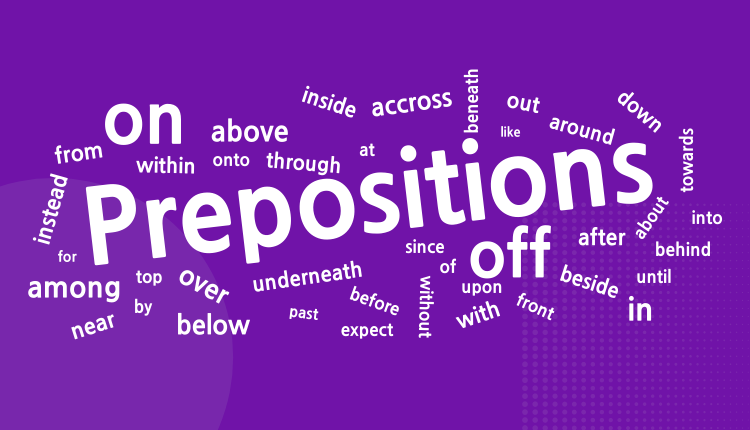Prepositions are limited in number, but they are critical because they are essential markers of logic and meaning. They represent contextual relationships among persons, objects, and locations. Prepositions are classified as the “closed class” of the English parts of speech as they do not admit new members to their club. Other members of the “closed class” are pronouns, auxiliary verbs, and conjunctions. Nouns, adjectives, adverbs, and dynamic verbs are open to the addition of new words and are receptive to evolving with usage, thus called the “open class.”
Be mindful not to be fooled by the known, limited pool of prepositions; for example, the preposition “to” in English can be used to express a destination or goal, I’m going to London, or to express that an entity is receiving an object: Give the book to him!
In this article, we are going to explore the nuanced, but relevant, difference between some prepositions whose usage confounds novice writers.
Prepositions are much tougher to master for non-native speakers of English as their first language may interfere with the logic of English preposition use. Each language has its unique set of grammar rules, so there are points of conflict when someone wants to learn a second language. The most frequent preposition misses are
- Substitution: Transfer of a specific preposition from one’s native language to English
- Addition: Use of an unnecessary preposition
- Omission: An essential preposition is left out

